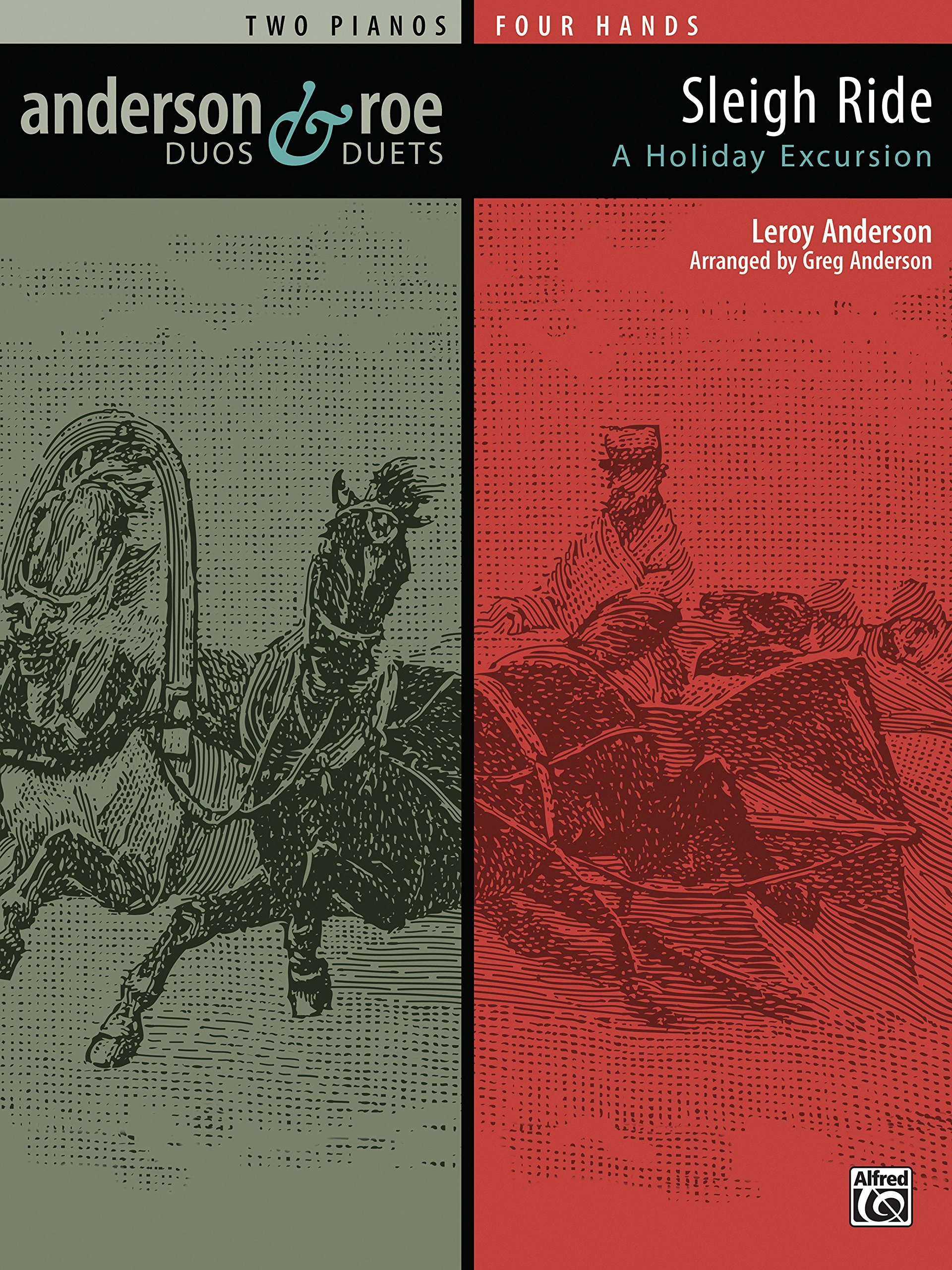 Image 1 of 2
Image 1 of 2

 Image 2 of 2
Image 2 of 2



Brandenburg Concerto No. 3 in G major
by J.S. Bach & Greg Anderson (2nd mvt)
arranged for 1 piano, 4 hands by Greg Anderson
advanced
Printed score available at Amazon.com
by J.S. Bach & Greg Anderson (2nd mvt)
arranged for 1 piano, 4 hands by Greg Anderson
advanced
Printed score available at Amazon.com
by J.S. Bach & Greg Anderson (2nd mvt)
arranged for 1 piano, 4 hands by Greg Anderson
advanced
Printed score available at Amazon.com
Details
Brandenburg Concerto No. 3 in G major, BWV 1048, by Johann Sebastian Bach (I. Allegro con spirito & III. Allegro) & Greg Anderson (II. Adagio), arranged for one piano, four hands by Greg Anderson / Full score / Difficulty: Advanced / Duration: 12 minutes / Pages: 33 / Copyright: 2019 / Work number: 098 / Appears on the album The Art of Bach / Spotify / Apple Music
Program Notes
In an attempt to land the Brandenburg court composer job opening, Johann Sebastian Bach dedicated his Six Brandenburg Concertos to a German nobleman, noting the margrave’s interest in “the little talents which Heaven has given me for Music” (dated March 24, 1721). The nobleman never responded, despite Bach’s undeniable talent and adorable modesty. He didn’t get the job, and the manuscripts eventually sold for about $20 before sitting on a library shelf for over a century. They have since become some of Bach’s best known works.
Showcasing the utter joyousness of four-hand piano playing, this arrangement of Bach's Third Brandenburg Concerto features a labyrinth of choreographed hand crossings designed to serve two purposes: to bring the conversational, antiphonal spirit of the nine-voiced original to life and to equitably distribute the virtuosic passagework between the two performers. I’ve closely adhered to the source material in the first and third movements while recasting the music in an eminently pianistic manner, and I offer a newly composed "improvisation" to serve as the work's second movement.
— Greg Anderson
Notes on the arrangement
After learning and recording Max Reger's 1905 arrangement, I was inspired to create a more readable and pianistic four-hand version of the piece. When it came to writing for piano duet, Reger, like many composers, seemingly drew a line down the middle of the keyboard and asked the primo pianist to play everything above and the secondo to play everything below. It’s a nice theory, but in practice it creates nearly unresolvable difficulties for the pianists. Take, for instance, the following passage in which Reger challenges the primo pianist with devilishly dense passagework. In my version, I reworked the distribution of parts between the pianists and, in some cases, omitted non-essential accompaniments. The pianists’ hands cross with frequency in this new version, resulting in something both more playable and representative of the original nine-part instrumentation.












